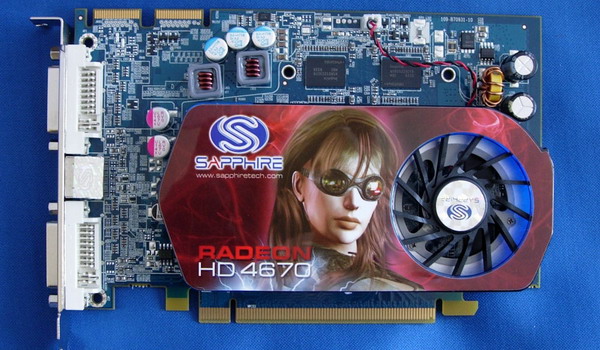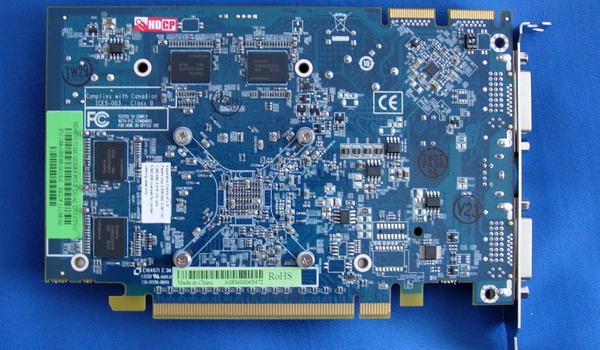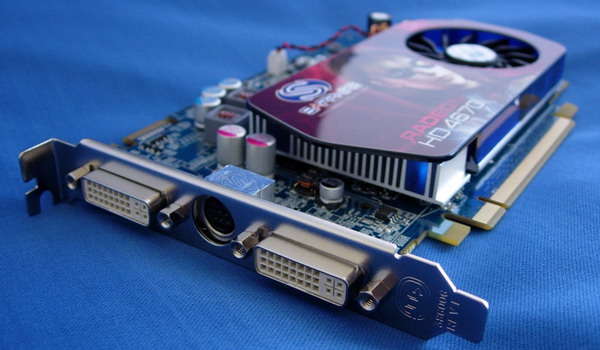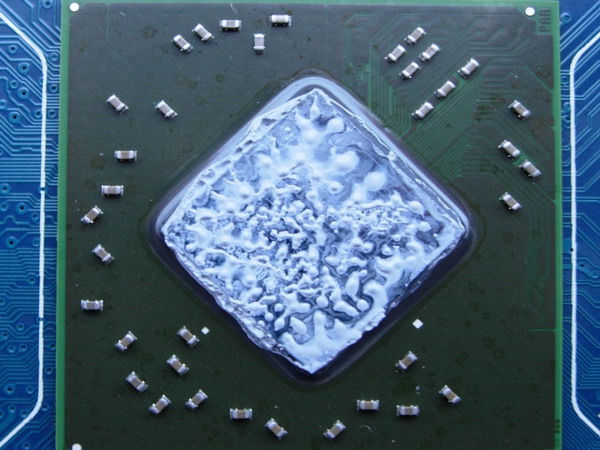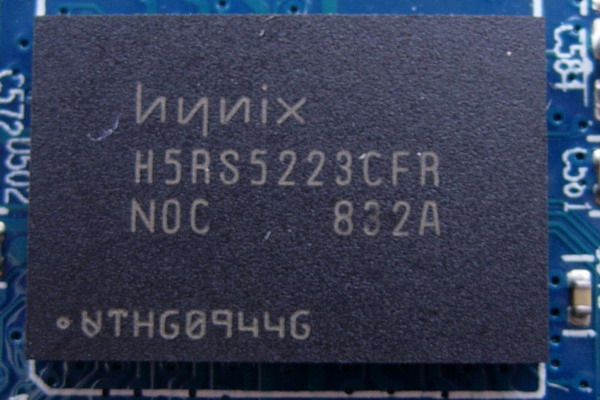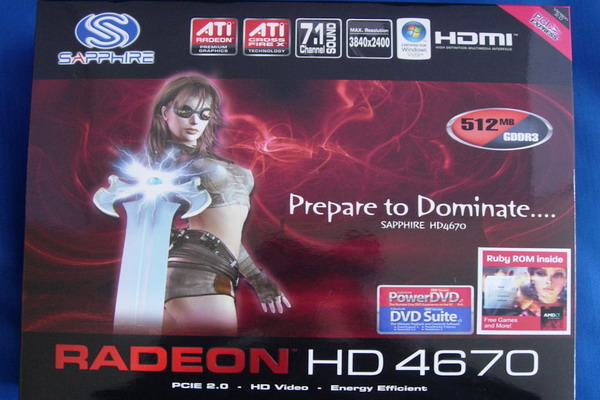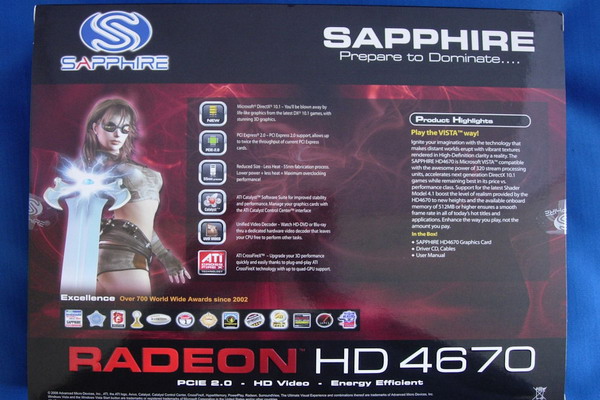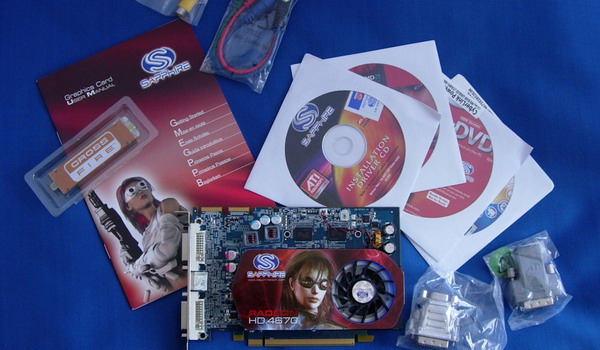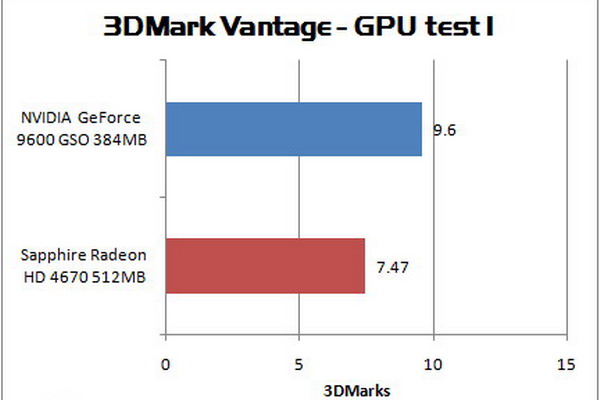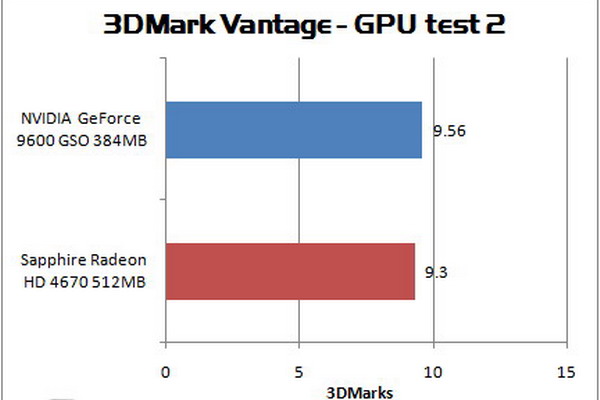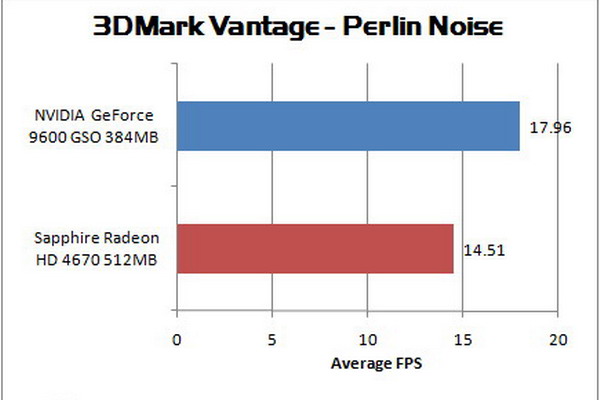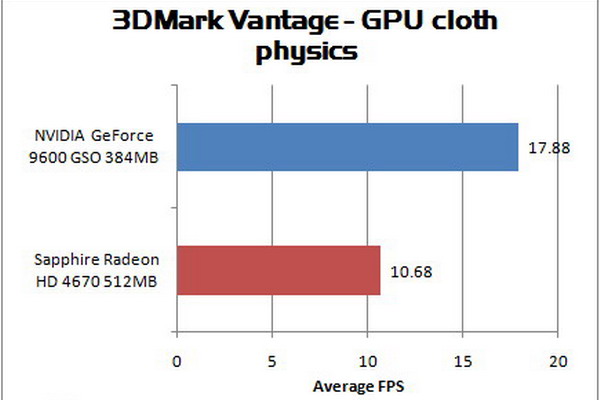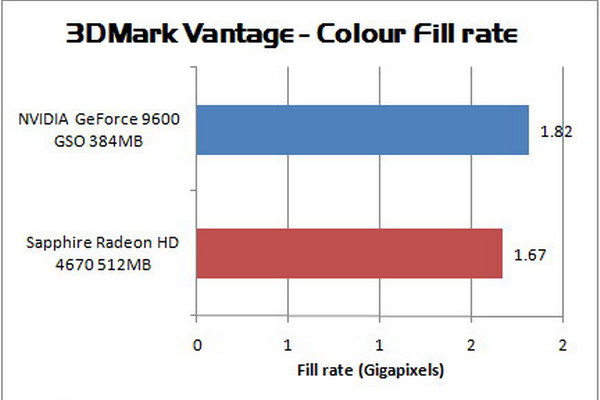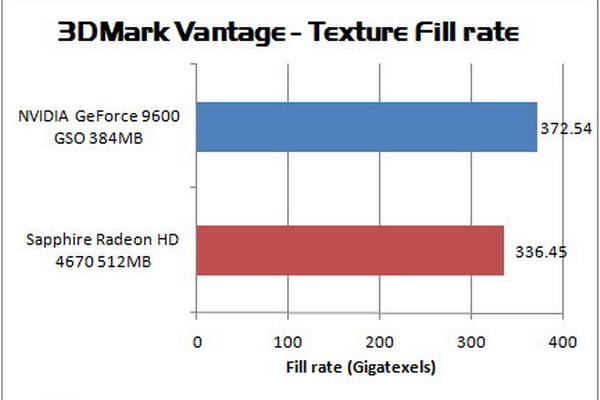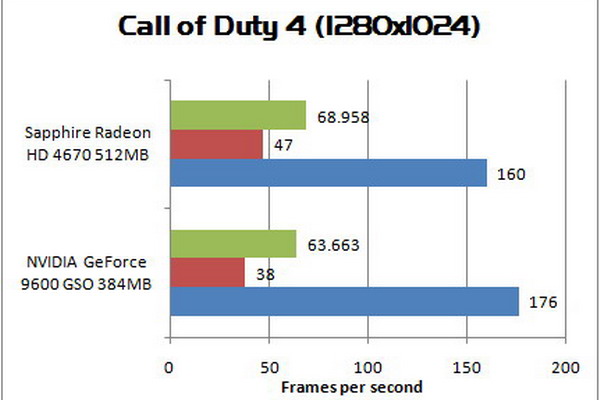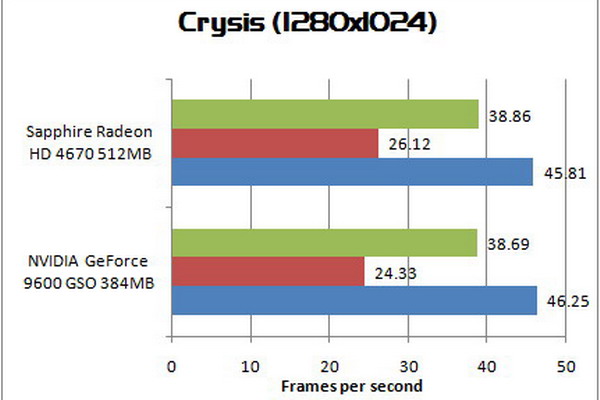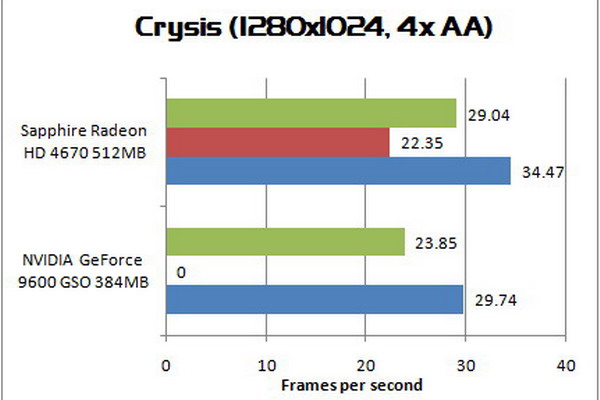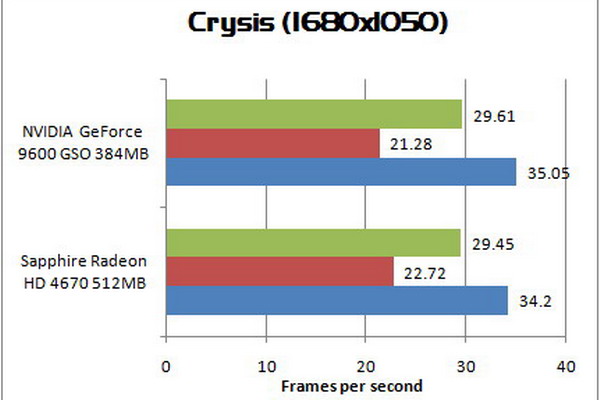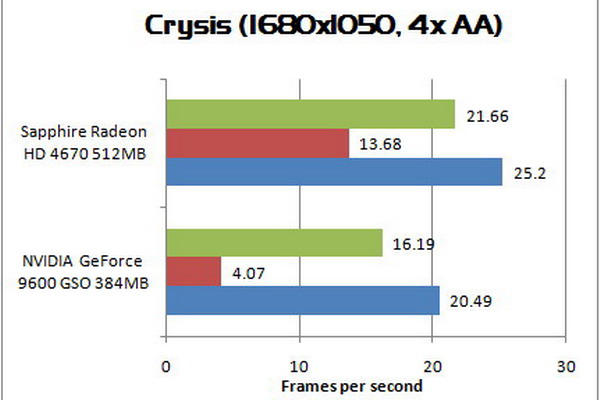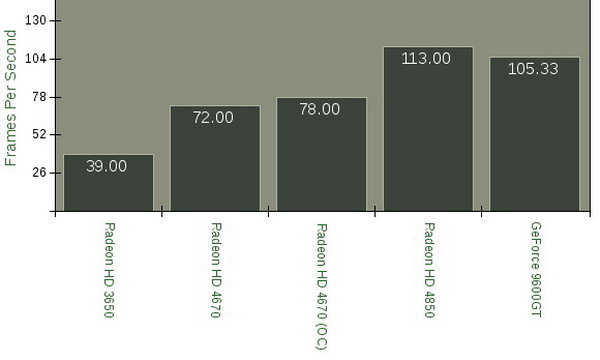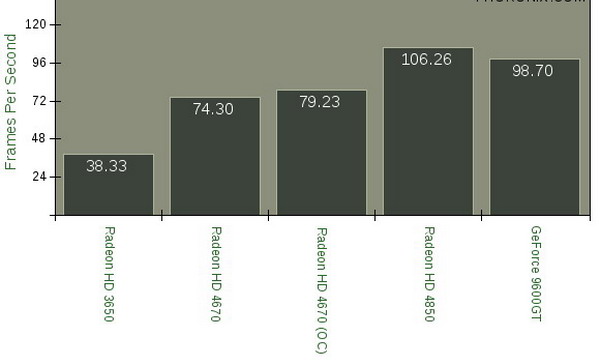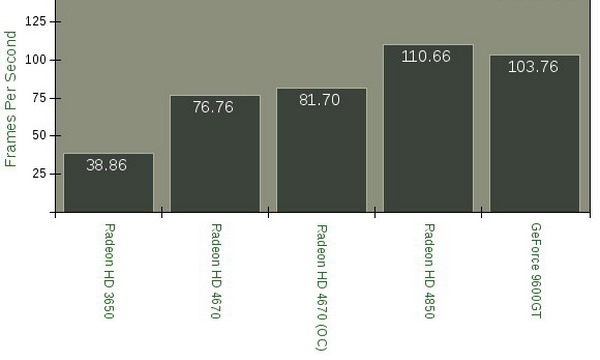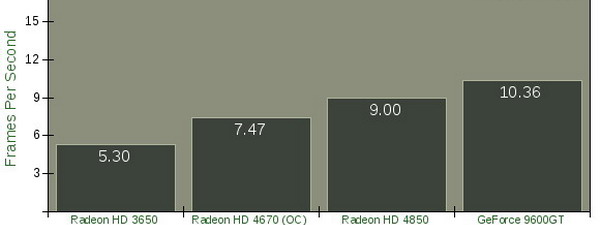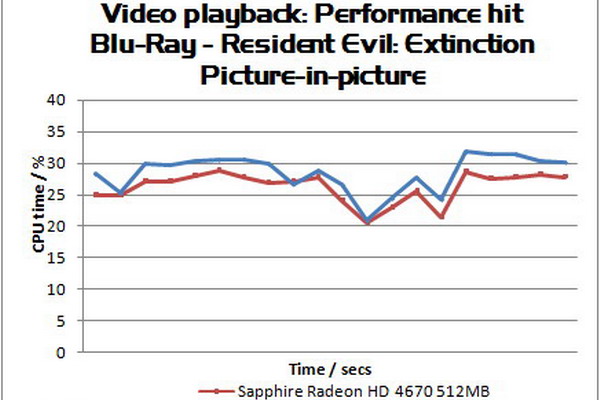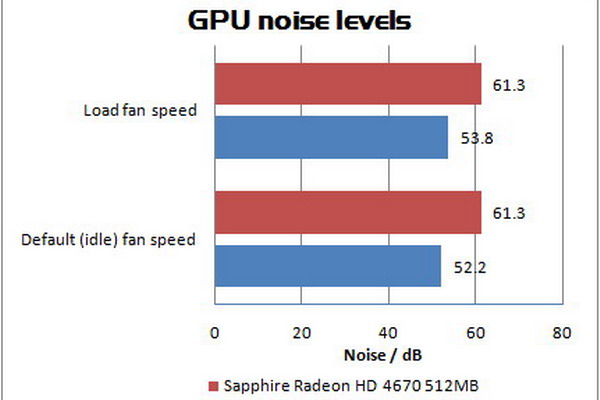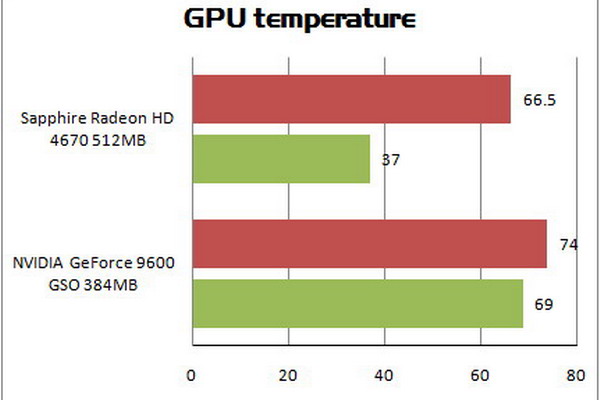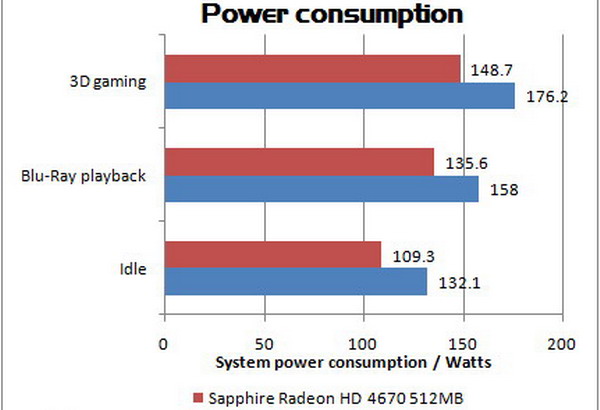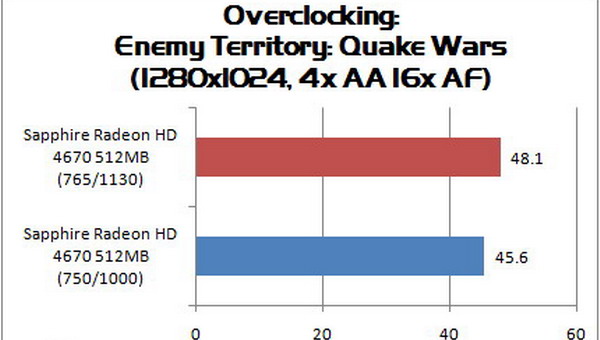Introduction
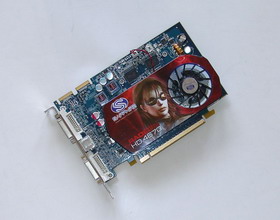 I have always had problems endorsing the sub-hundred dollar video card. Usually, for an amount less than the video game you intend to play, you can get a card that can actually play said game, unless you really don’t care about turning the detail setting up–which, as far as I’m concerned, is the way the developers intended it. They come with lots of RAM and no hardware to drive it, inadequate, bottom-dollar cooling, and disappointment.
I have always had problems endorsing the sub-hundred dollar video card. Usually, for an amount less than the video game you intend to play, you can get a card that can actually play said game, unless you really don’t care about turning the detail setting up–which, as far as I’m concerned, is the way the developers intended it. They come with lots of RAM and no hardware to drive it, inadequate, bottom-dollar cooling, and disappointment.
But I’m about to tell you that the HD 4670 isn’t a complete waste. I know, weird, right? Now, it’s just one of many options, which I’ll get to here in a minute. But for the first time since ever, eighty bucks’ll let you play the Orange Box, Unreal Tournament 3, and yes, Crysis. Well, Crysis, admittedly, not on High. But everything else maxed out, with anti-aliasing, and at your display’s native resolution.
It’s been a long time since PC gaming has been an everyman’s persuasion, and thanks to ATI, it is again, even if you’re sticking with NVIDIA. Sapphire’s sent me one of their industry-redeeming little wonders. It’s a stock affair, but, you know, there’s nothing wrong with that.
The Card & Bundle
Sapphire’s entry is not so unleet that it goes without blue PCB. The heatsink is smallish, but the fan is actually larger than the one on a 4850, even if the heatsink is aluminum and not copper. There’s some memory around the GPU, un-sunk, along with capacitors, both aluminum and electrolytic, crystallizers, and coils. After the slew of new cards I’ve seen, it’s a little anachronistic.
A single-slot card, there are still two CrossFire connectors at the top, something I’m sure won’t get used too often. The PCB is barely longer than the PCI-Express connectors, and it has no use for auxiliary power.
There are two DVI connectors and one video-out DIN, with adapters as follows: one composite, one component, one HDMI, and one VGA. There’s a CD with the manual, guides, and driver. It’s a sample driver as AMD, at the time of writing, doesn’t support the 4670 with their Catalyst drivers. It appears to be based off of driver version 8.5.
Specifications and Setup
In this review, we’ll be comparing the Sapphire Radeon HD 4670 to:
- A Radeon HD 3870
- A PowerColor Radeon HD 4850
- A Leadtek GeForce 9600 GSO
- A Chaintech GeForce 9600 GT
Both cards were benched on the same test computer with the same drivers (Catalyst 8.4).
Test Computer Specifications
- Intel Core 2 Duo E8400 3GHz
- Asus Rampage Formula
- 2GB Crucial Ballistix Tracer DDR2 800 @ 4-4-4-12 (Sponsored by Crucial)
- Thermaltake Toughpower 1000 (Sponsored by Thermaltake)
- Windows Vista Ultimate x64 (Sponsored by Microsoft)
Video Card Specifications
Manufacturer’s Website
Loaded with the latest features, the ATI Radeon(TM)HD 4600 Series graphics cards deliver a level of gaming performance previously only found in high-end graphics cards. Redefine the way you play HD games and enjoy unprecedented levels of graphics realism powered by 320 stream processing units, up to 1GB of memory and support for Microsoft DirectX(R)10.1 games. Upgrade your graphics card and watch Blu-ray movies and play HD content with incredible visual fidelity1or take your experience to another level with new multimedia capabilities. Do it all with break-through energy efficiency that doesn’t compromise performance.
- DirectX(R) 10.1
- 320 stream processing units, 128-bit memory interface
- 24x custom filter anti-aliasing (CFAA) and high performance anisotropic filtering
- Dual mode ATI CrossFireX(TM) multi-GPU support for highly scalable performance
- PCI Express(R) 2.0 support
- Dynamic geometry acceleration, Game physics processing capability
- ATI Avivo(TM) HD video and display technology*
- Unified Video Decoder 2 (UVD 2) for Blu-ray(TM)and HD Video
- Accelerated Video Transcoding(AVT)
- DVD Upscaling, Dynamic Contrast, Built-in HDMI with 7.1 surround sound support
- I/O Output: Dual DL-DVI-I+HDTV
- Core Clock: 750 MHz, 320 Stream Processors
- Memory Clock: 1000MHz, 2000 Mbps.
- PCI Express 2.0 x16 bus interface
- 512MB /128bit GDDR3 memory interface
- Single Slot Active Cooler
- HDMI compliant via dongle
- 7.1 Audio Channel Support
- Microsoft(R) DirectX(R) 10.1 support
- Shader Model 4.1 support
DirectX 10 Titles
Performance Notes
The card’s not breaking any records, but it’s keeping up nicely with the performance cards of last generation. Crysis is the only game here that the card cannot play on high settings, even at 1440×900. This isn’t a huge loss, since no one’s played the game to play it, just to show off their 1337 hardware.
With all the other games, it keeps up well and can stand anti-aliasing, even at high resolutions.
DX9, OpenGL, and Synthetics
Performance Notes
The card struggles to keep up with these other cards that do, or at least, did, cost a great deal more. It holds up well with synthetics, but is better off, overall, sticking with DirectX 10 games.
Video, Power, and Overclocking
ATI’s universal decoder shines here, and does much better than NVIDIA’s previous generation, and for the nitpicker, does a better job handling moire than the HD 3850 (although the scores do not reflect this within HQVs scoring scheme).
And here’s where all the not-quite-there performance makes up for it. For the casual enthusiast (oh that shouldn’t make sense) who is more concerned with energy performance than high-def gaming, this is a card to beat. I mean, yes, it idles a little higher than a 3850, but even that’s not by much. At under 50 loaded watts, I’m even somewhat surprised that the heatsink isn’t passive.
The fan, with the drivers I have, couldn’t be tweaked. It’s not good, but it’s not annoying. You might mistake it for an over-zealous CPU fan, and thankfully, you will be able to tweak it down the road, that much Sapphire has confirmed for me. Which would be great, since the card doesn’t get over 60 degrees and doesn’t need that much cooling, anyway. In the meanwhile, the fan’s speed doesn’t vary, the pitch doesn’t shift, and it’s not really distracting, something I wish other 4000-series cards would take to heart.
I was able to overclock the memory a clean 140MHz, or 14%; this serves to add much-needed memory bandwidth, and helps close the gap between it and the other cards well. The core, on the other hand, only overclocked 28MHz, more, or just three percent. This is either a fluke or a bad sign. It’s certainly not the cooling, which is more than adequate.
Conclusion
Getting an HD 4670 isn’t a bad decision, but it’s also not the only decision. At the time of its release, it was performance at a fraction of the price of NVIDIA’s competing cards. But they have lowered their prices, and for the same number of dollars, you can get a 9600 GSO, which is a faster card. For an extra $20, you can get a 9600 GT, which is also faster, particularly when playing DX9 games.
The advantages of getting an HD 4670 are two-fold. It is better with video playback, and it consumes an insignificant amount of power–like almost half of the 9600s. For the niche market of HTPCs that double as gaming PCs, it’s an easy decision, and for the same reason it’s a smart buy for anyone concerned about energy costs. Add to it the number of motherboards that are Hybrid CrossFire-capable, and the reasons to buy this entry-level video card stack up.
But from an apples-to-dollars perspective, it’s not clearly superior. It did, at the very least, bring down prices across the board, and that’s good for any buyer.


